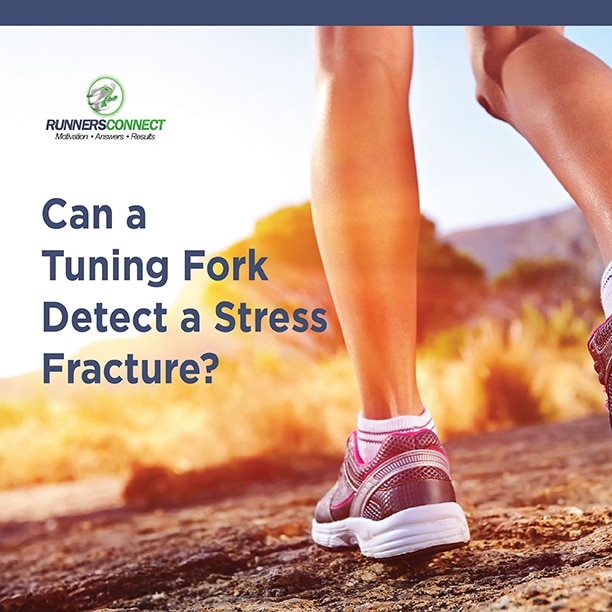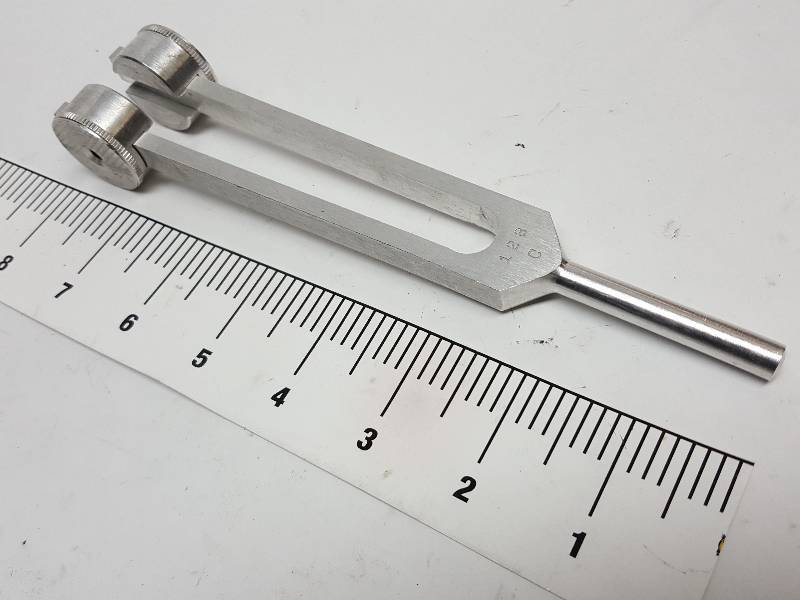
Meta-analysis do not support the use of ultrasound and tuning forks forĭiagnosing stress fractures as standalone tools. The results of this systematic review and Early intervention means altering activity and reducing Tuning forks as a stand-alone diagnostic technique for stress fractureįractures, particularly of the lower extremity, often lead to time-loss from Overall, this review did not support using ultrasound or Sensitivity/specificity and likelihood ratios presented by these For the two studies that investigated the use of tuningįorks, a meta-analysis was not possible so each study was reported Ratio (probability of a positive test in someone with a stress fractureĭivided by the probability of positive test in someone who doesn’t get a stressįracture) of 2.09 and negative likelihood Furthermore, ultrasound had a small positive likelihood These results indicated a low to moderate ability for stress fractureĭiagnosis. TheĪuthors found that ultrasound had a pooled sensitivity (correctly identify with a stressįracture) of 64% and specificity (correctly identify absence of a stress fracture) of 63%. MRI and scintigraphy were usedĪs reference imaging to confirm the accuracy of these two clinical tests. Identify stress fracture in the lower extremity. Therapeutic ultrasound and two studies investigated the use of a tuning fork to The pool to nine studies that underwent quality assessment using the Quality Assessment of Diagnostic Accuracy Studies (QUADAS)
TUNING FORK TEST FRACTURE FULL
Study’s title, abstract, and full texts (when available) the authors narrowed Specifically compared clinical tests to radiological imaging of lower extremity Utilizing eight electronic databases, the authors initially identified 9,321 studies publishedīetween January 1950 and June 2011 for possible inclusion. Schneiders et al performedĪ systematic review and meta-analysis on the literature involving theĭiagnostic efficacy of clinical tests for stress fractures. Little evidence to support their diagnostic ability. We often rely on subjective complaints, location of pain, details from theĪthlete’s training, medical history, and clinical examination tests despite


Resonance imaging, radiography, or scintigraphy)

Unfortunately, without immediate access to medical imaging (e.g., magnetic To establishing a course of action for intervention and treatment. A clinician, early identification of stress fractures in patients is paramount


 0 kommentar(er)
0 kommentar(er)
